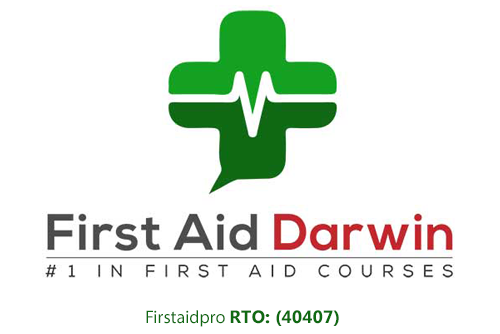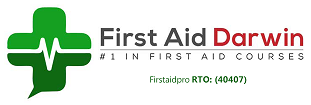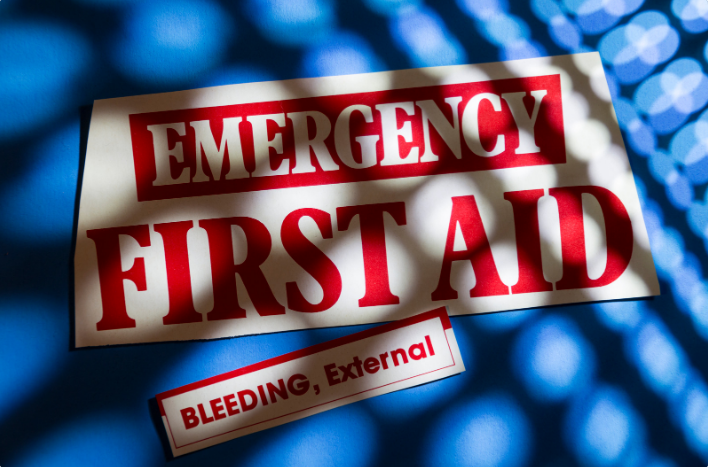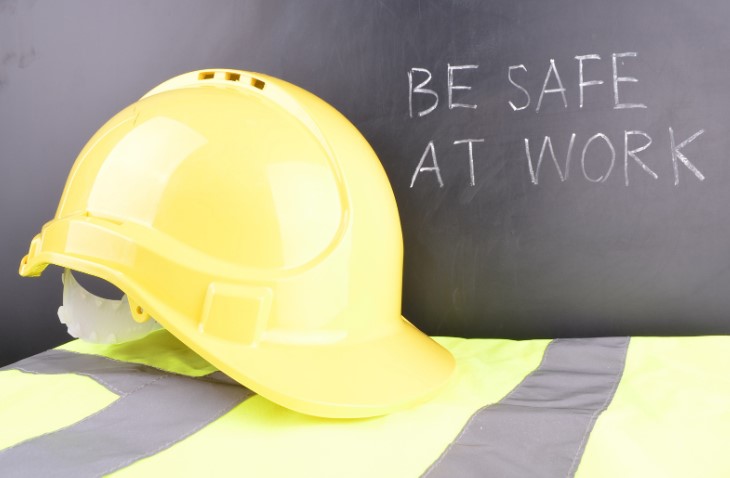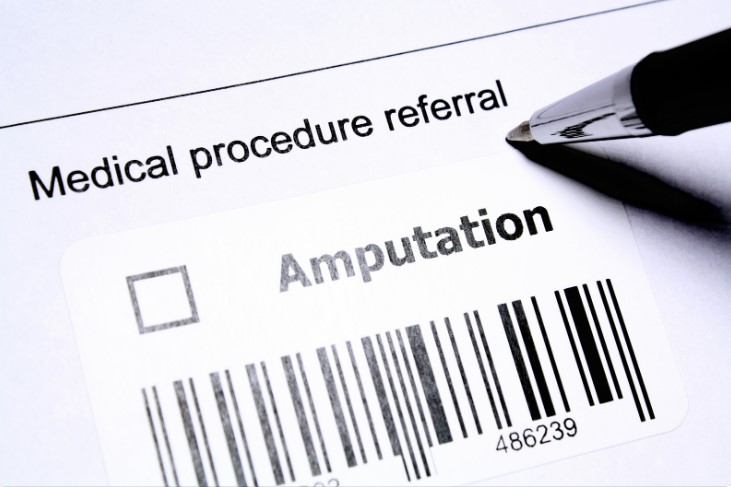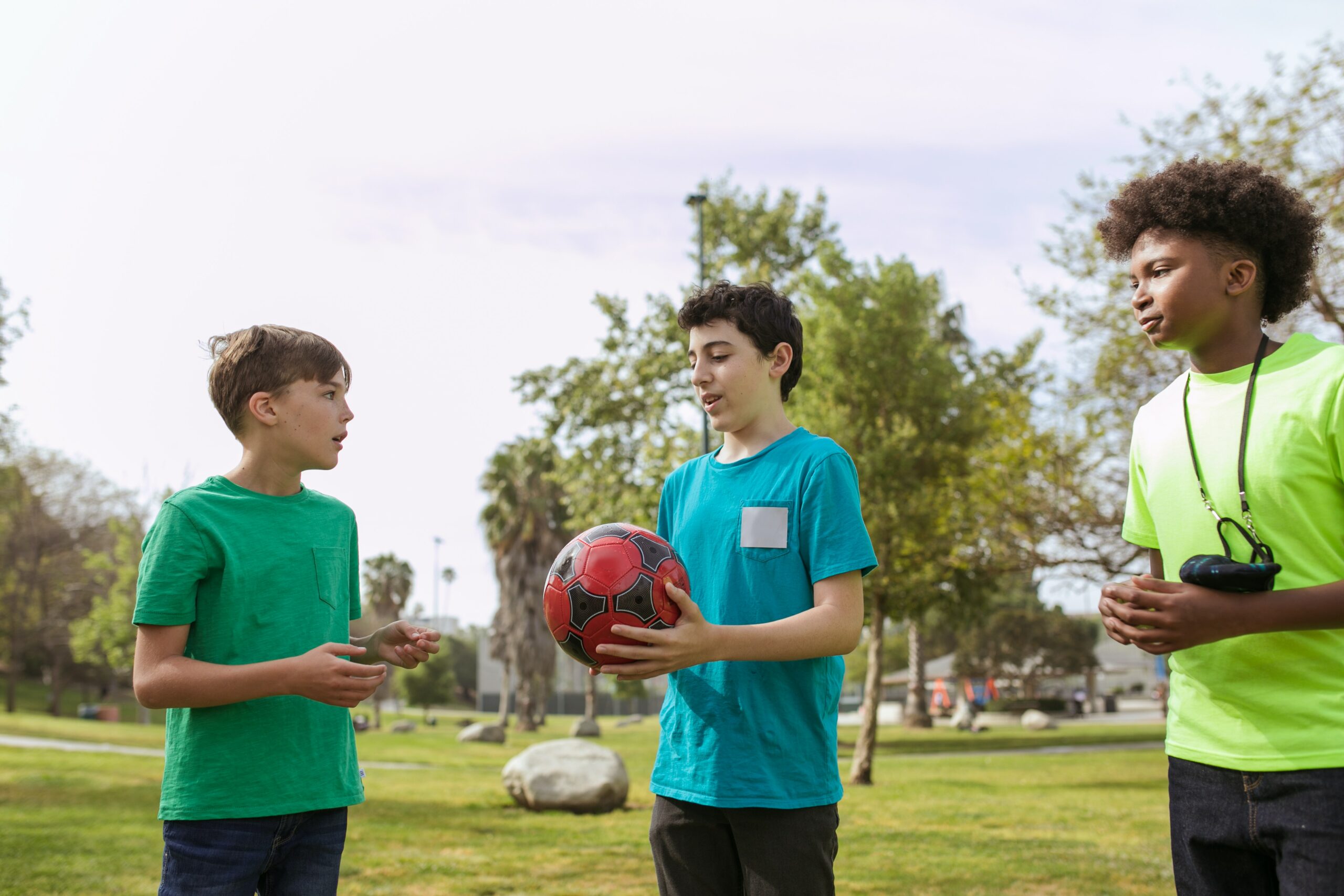How to Control Severe External Bleeding: Thousands of Australians die or suffer from serious complications due to uncontrolled external bleeding. It may occur after physical trauma, or it can result from a disease.
While rare, injuries leading to severe external bleeding happen; therefore, it is important to be prepared to deal with this type of injury.
Keep reading to learn how to stop external bleeding arrives, what are the warning symptoms, and more.
What Is External Bleeding?
External bleeding results from any incident where blood leaves the body through some type of wound.
There are three types of external bleeding – capillary, venous, and arterial. These are categorised depending on which blood vessel is damaged.
- Arterial – a wound to a major artery resulting in blood spurting, which may cause the blood volume to reduce rapidly. The blood may appear bright red or yellowish due to a high degree of oxygenation.
- Venous – less serious from arterial bleeding but can result in complications due to the blood flowing from the damaged vein. The blood runs out from the wound at a steady rate which can turn the colour of the blood from dark red to purple.
- Capillary – a less serious than other forms of bleeding. It occurs with all types of wounds where the blood flows quickly but is easier to control.
Regardless of the type of external bleeding, the main goal is to stop the bleeding to prevent complications.
Signs And Symptoms
Remember that symptoms will become more severe as blood loss increases.
Common symptoms of severe external bleeding may include:
- Heavy, even spurting bleeding
- Dizziness, weakness
- Impaired consciousness
- Lightheadedness
- Confusion
- Pale, cold, clammy skin
- Shortness of breath
- Weak pulse
- Increase heart and respiratory rate
- Decreased blood pressure
- Loss of consciousness
Bleeding to death can happen very quickly. If severe bleeding is not stopped, a person can bleed to death in minutes. And if the injuries are severe, the timeline may even be shorter.
Therefore, immediate and effective first aid is important to control the bleeding while waiting for emergency help to arrive.
First Aid Treatment For External Bleeding
All wounds – both external and internal – should be treated carefully. But external bleeding may require different treatment than the latter.
Before providing first aid, be sure to take necessary safety precautions. These include conducting scene assessments, wearing personal protective equipment (PPE), and calling emergency services.
Follow these general first aid guidelines for severe external bleeding.
Locate And Examine The Wound
Provide reassurance to the casualty as you locate and assess the source of blood loss. When checking for external bleeding, prioritise serious bleeds over minor bleeds.
If necessary, remove any clothing to confirm the source of blood loss. Check for foreign objects present in the wound, and do not remove them. Removing an embedded object may damage the nerves and blood vessels and can make the injury much worse.
Apply External Direct Pressure
Apply external direct pressure to the wound. If a foreign object is present or embedded in the injured area, you will have to apply pressure around the object. While doing this, make sure the casualty is sitting or lying in a comfortable position.
Elevation
Whenever possible, raise the injured body part to reduce blood flow to the damaged area. Ideally, elevation should be above heart level. In some cases, an elevated limb (e.g., legs) may require support.
Apply Dressing
If a first aid kit is nearby, select a suitable sterile dressing and apply it to the injured limb. When applying a dressing, make sure to apply it directly to the wound and bandage it firmly in place.
Once successfully applied, check the circulation surrounding the injury to ensure the dressing has not been tied too tightly.
Watch for any signs of blood seeping through the first dressing. If blood seeps through, apply a second dressing on top of it instead of removing the first one.
Once first responders arrive on the scene, let them know what happened and what first aid steps you have taken. Also, share any additional helpful information, including the person’s medical history, such as chronic conditions or known allergies.
Learn First Aid
External bleeding injuries are usually minor in nature, but in some cases, they can impose serious threats to a person if a large vein or artery has been injured.
If the bleeding has not been controlled within minutes, it can result in serious consequences, even death. To prevent that from happening, learn first aid for someone who is bleeding heavily. Familiarise yourself with wound care techniques, including how to spot warning signs and ways to control bleeding effectively.
Interested in getting a first aid course? Visit First Aid Courses Darwin to find out more,
